Three-dimensional intact-tissue sequencing of single-cell transcriptional states
- PMID: 29930089
- PMCID: PMC6339868
- DOI: 10.1126/science.aat5691
Three-dimensional intact-tissue sequencing of single-cell transcriptional states
Abstract
Retrieving high-content gene-expression information while retaining three-dimensional (3D) positional anatomy at cellular resolution has been difficult, limiting integrative understanding of structure and function in complex biological tissues. We developed and applied a technology for 3D intact-tissue RNA sequencing, termed STARmap (spatially-resolved transcript amplicon readout mapping), which integrates hydrogel-tissue chemistry, targeted signal amplification, and in situ sequencing. The capabilities of STARmap were tested by mapping 160 to 1020 genes simultaneously in sections of mouse brain at single-cell resolution with high efficiency, accuracy, and reproducibility. Moving to thick tissue blocks, we observed a molecularly defined gradient distribution of excitatory-neuron subtypes across cubic millimeter-scale volumes (>30,000 cells) and a short-range 3D self-clustering in many inhibitory-neuron subtypes that could be identified and described with 3D STARmap.
Copyright © 2018 The Authors, some rights reserved; exclusive licensee American Association for the Advancement of Science. No claim to original U.S. Government Works.
Conflict of interest statement
Figures
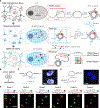
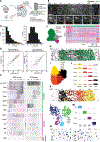

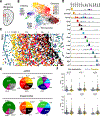
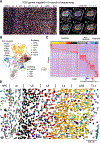
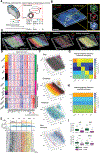
Comment in
-
Neurotechnology to address big questions.Science. 2018 Jul 27;361(6400):328-329. doi: 10.1126/science.aau4705. Science. 2018. PMID: 30049862 No abstract available.
-
Transcriptomics in intact tissues.Nat Rev Genet. 2018 Oct;19(10):593. doi: 10.1038/s41576-018-0045-7. Nat Rev Genet. 2018. PMID: 30082855 No abstract available.
References
Publication types
MeSH terms
Grants and funding
LinkOut - more resources
Full Text Sources
Other Literature Sources

